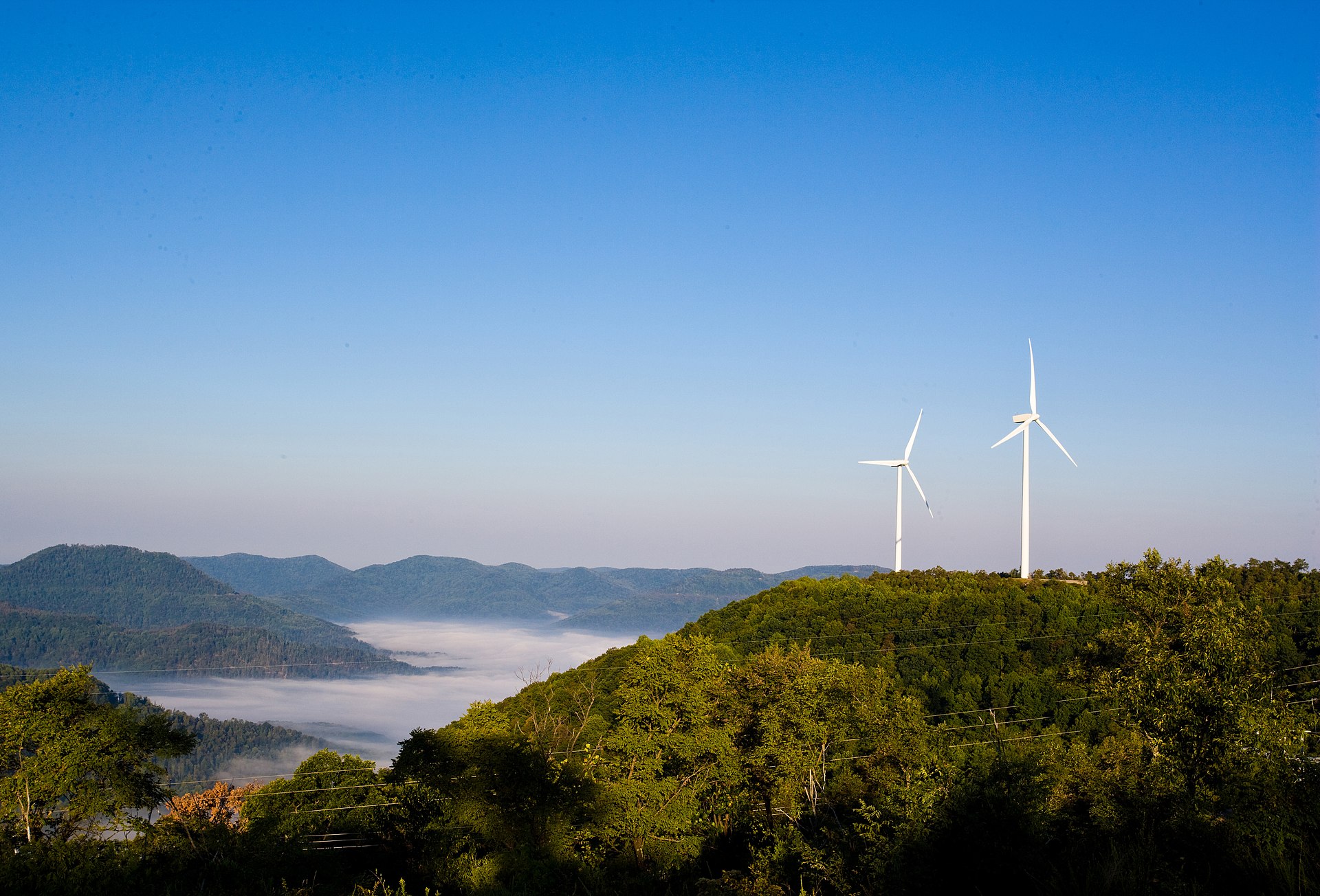Rachel Kovac
Great Smoky Mountains National Park implements backcountry fire restrictions

GATLINBURG — Due to dry conditions and the increased risk for wildfires, the National Park Service (NPS) is temporarily banning backcountry campfires in Great Smoky Mountains National Park effective immediately. The fire restriction will be in effect until further notice.
“We are experiencing dry conditions throughout the park, in both North Carolina and Tennessee,” said Deputy Superintendent Alan Sumeriski. “With dry conditions persisting over the next week, it is imperative that we reduce the risk of human-caused wildfires.”
The fire restriction only applies to campers using the park’s 100 backcountry sites and shelters. It does not affect campers at the park’s front country (developed) campgrounds or picnickers using fire grills at picnic areas. Fires in developed areas must always be confined to designated fire rings and grills. The NPS asks front country campers to reduce the risk of wildfires by extinguishing fires completely until ashes are cool to the touch. Backpackers may use stoves with compressed gas canisters.
The NPS is working with multiple area agencies in response to current and predicted weather and fuel conditions. Visitors should use extra caution recreating on public lands including national parks and national forests in North Carolina and Tennessee when fire danger is increased.
Obed WSR announces restrictions on backcountry fires
 Obed Wild & Scenic River paddler. NPS
Obed Wild & Scenic River paddler. NPS
WARTBURG — Obed Wild & Scenic River officials announced a temporary ban on campfires in the park’s backcountry effective immediately. Due to abnormally dry weather conditions and the amount of fresh leaf litter on the ground, the potential for escaped fires to occur in the backcountry has greatly increased. The fire restriction will be in effect until further notice.
The fire ban does not affect campers at Rock Creek Campground or picnickers using fire grills at picnic areas. Fires at developed areas must be confined to designated fire rings and grills. All visitors are asked to take certain precautions to help reduce the risk of wildfires. This includesextinguishing front country fires by mixing water with embers in fire rings and grills. Use of backpacking stoves is still permitted at backcountry campsites.
“With the current drought conditions, it is imperative that we mitigate the risk of human-caused wildfires during this period of high fire danger,” said Superintendent Niki Stephanie Nicholas.
“The park has not banned backcountry campfires since November 2016, but these unusually dry conditions warrant the restriction.”
More information about backcountry trip planning, please visit the park visitor center or call 423-346-6294.
Tennessee, home to TVA, is one of the least energy-efficient states in the country
 TVA’s Buffalo Mountain Wind Farm in East Tennessee generates 27 megawatts of electricity, which is enough to power over 2,000 homes. The 15 turbines have a capacity of 1.8 megawatts each. They are about 260 feet tall and their blades 135 feet long. The three original, smaller, turbines were decommissioned in 2009 and removed in 2021. TVA
TVA’s Buffalo Mountain Wind Farm in East Tennessee generates 27 megawatts of electricity, which is enough to power over 2,000 homes. The 15 turbines have a capacity of 1.8 megawatts each. They are about 260 feet tall and their blades 135 feet long. The three original, smaller, turbines were decommissioned in 2009 and removed in 2021. TVA
Tennessee ranks among the top one-third of states in total energy consumption.
Tennessee just earned a top spot on the “Least Energy-Efficient State” list.
A recent study by WalletHub determined which states lead the nation in energy efficiency. Tennessee ranked near the bottom of the list at No. 42.
The new report compared the conterminous 48 states to find out who was using the most and the least energy. The study excluded Alaska and Hawaii.
For some, this study is just another example of the Tennessee Valley Authority’s lack of response to the community and the environment.
“It has been a fantastic career. It has been kind of like a fantastic dream for me. A fantastic wonder.”

Electrofishing innovator retires after 30 years of service with TWRA
MORRISTOWN — Bart Carter, Tennessee Wildlife Resource Agency Region 4 Fisheries Program Manager, has retired after three decades of service to the state’s wildlife resources.
During his 33-year career, his work included improving hatcheries, enhancing fish habitat, restoring streams to native fish fauna, helping discover new species, adding public access areas, and mentoring employees.
One of his most significant developments during his career was designing and building new backpack electrofishing equipment.
“Electrofishing can be an effective tool for fish community sampling, fish relocation, invasive species eradication, (and) sampling fish tissue contaminants,” said Mark O’Neal, director of ETS Electrofishing systems, LLC in Madison, Wisconsin.
“The tools they use just stun fish and doesn’t kill them. It stuns them out and then they can weigh them and put a tag on them, without having to using a pole with a hook or a net,” O’Neal said.
“It puts out a high DC voltage pulse. On a boat system you have to use a larger pulse. More DC power to drive a current in the water. When the fish experience a DC current they go to the anoid,” O’Neal said.
- bart carter
- tennessee wildlife resource agency
- ets electrofishing system
- mark o’neal
- john hammonds
- region 4 reservoirs fisheries biologist
- region 4 fisheries program manager
- twra region 4
- american fisheries society
- rainbow trout
- warmwater streams biologist
- national park service
- south holston
- watagua
- clinch
- powell
- nolichucky
- french broad
- east tennessee river